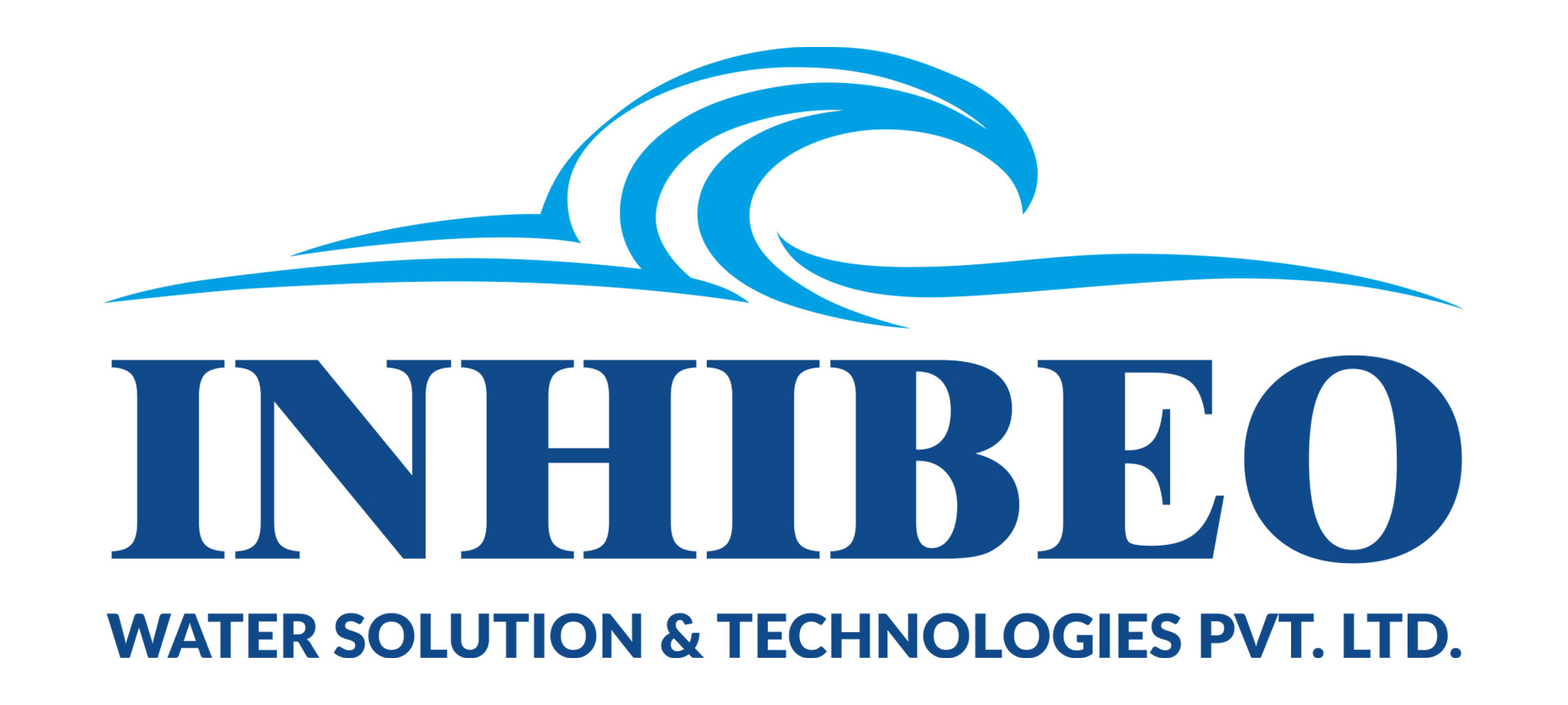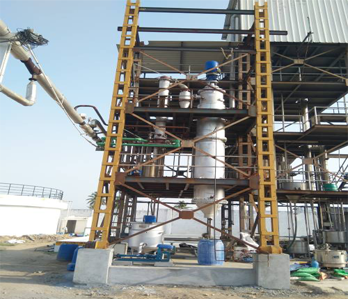Agitated Thin Film Evaporator (ATFD)
Home / Agitated Thin Film Evaporator (ATFD)
ATFD, or Agitated Thin Film Dryer, is a type of equipment used for the drying of heat-sensitive materials, especially in the pharmaceutical, chemical, and food industries. The specifications of an ATFD system can vary depending on its application and the specific requirements of the process, but here are some typical specifications and parameters to consider:
Capacity: The capacity of an ATFD system is typically specified in terms of the rate at which it can process or dry a particular material. This can be measured in kilograms per hour (kg/h), pounds per hour (lb/h), or other relevant units. The capacity depends on factors such as the type of material, moisture content, and desired moisture removal rate.
Material of Construction: The materials used in the construction of the ATFD are critical, especially when dealing with corrosive or reactive substances. Common materials include stainless steel, Hastelloy, and other corrosion-resistant alloys.
Operating Temperature: ATFD systems can operate at various temperatures, depending on the material being processed and the desired drying conditions. The specifications should include the operating temperature range.
Agitation Mechanism: ATFDs have an agitator that helps maintain a thin film of the material on the heated surface. The specifications should detail the type and capacity of the agitation mechanism.
Heating Source: The heating source used in the ATFD can vary and may include steam, hot oil, or electrical heating. The specifications should provide information on the heat source requirements and capacity.
Cooling System: Some ATFD systems come with cooling mechanisms to facilitate the final cooling of the dried material. The specifications should include details about the cooling system.
Vacuum System: ATFDs can operate under vacuum conditions to reduce the boiling point of the liquid and minimize heat exposure to sensitive materials. The specifications should detail the vacuum system’s capacity and requirements.
Control System: Modern ATFD systems often come with sophisticated control systems for temperature, pressure, and agitation control. The specifications should describe the control system’s features and capabilities.
Energy Efficiency: The energy efficiency of the ATFD system is important for assessing operating costs and environmental impact. Specifications may include information about specific energy consumption.
Safety Features: Specifications should include information about safety features, such as pressure relief valves, alarms, and emergency shutdown mechanisms.






